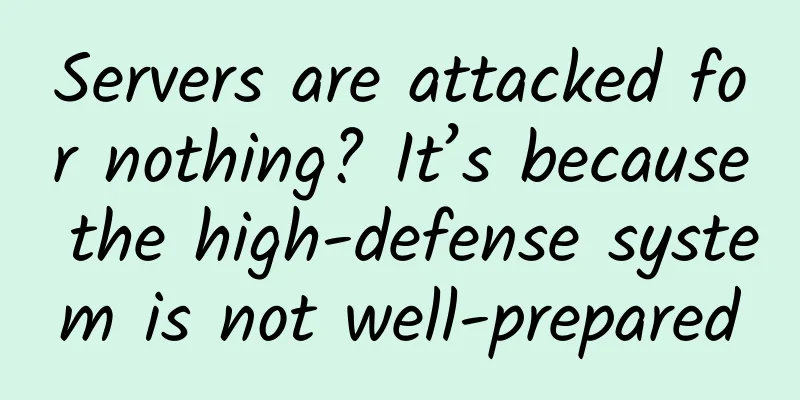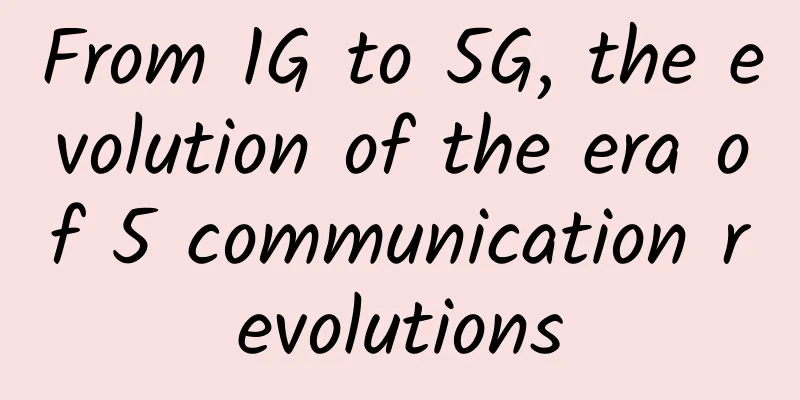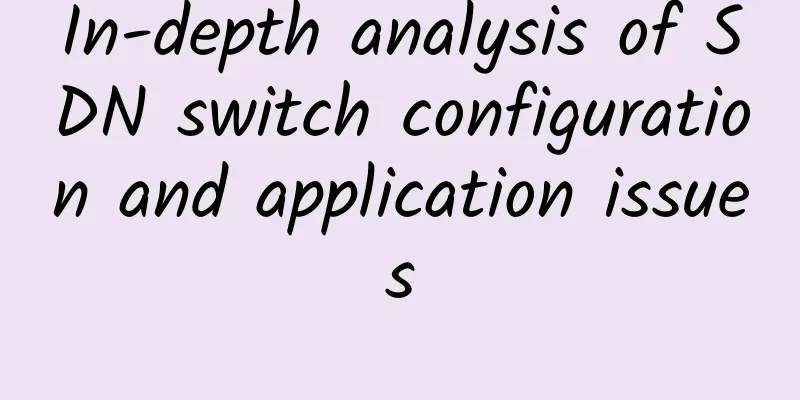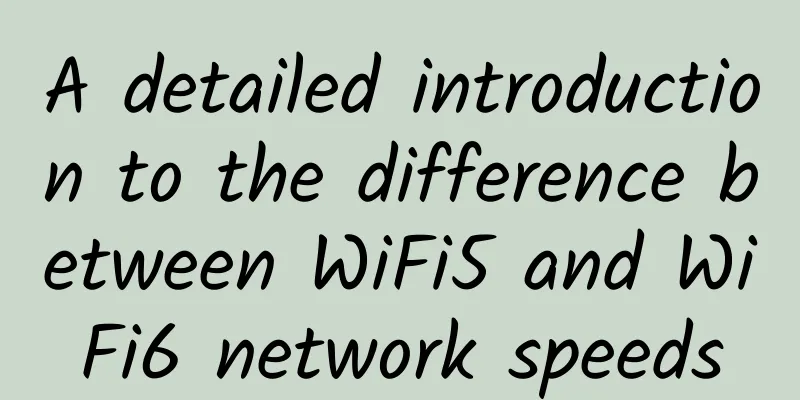Tencent interview: On a 32-bit 4GB system, accessing 2GB of data, what will happen to the virtual memory?

|
Hello everyone, I am Xiaolin. Today a reader sent me his interview experience with Tencent in August, in which he was asked quite a lot of questions. The operating system and network interviews account for 60% of the entire interview, and the remaining 40% is Java + project content (the reader's technology stack is Java-oriented). This time, I will mainly analyze the issues related to the operating system and the network for everyone. Tencent Interview Questions operating systemCan a single core be multithreaded?OK. A single core creates multiple threads, and the CPU quickly switches from one process to another, during which each process runs for tens or hundreds of milliseconds. Although a single-core CPU can only run one process at a certain moment, it may run multiple processes during 1 second, thus creating an illusion of parallelism, which is actually concurrency. Concurrency and Parallelism How does a virtual address find the corresponding content?There are two main ways to manage operating system memory. Different management methods have different addressing implementations:
The virtual address under the segmentation mechanism consists of two parts, the segment selection factor and the offset within the segment. picture Segment selection factor and offset within segment:
In the above, we know that the virtual address is mapped to the physical address through the segment table. The segmentation mechanism divides the virtual address of the program into 4 segments. Each segment has an entry in the segment table. The base address of the segment is found in this entry, and then the offset is added, so the address in the physical memory can be found, as shown in the following figure: picture If we want to access the virtual address at offset 500 in segment 3, we can calculate the physical address as segment 3 base address 7000 + offset 500 = 7500. The segmentation method is very good, which solves the problem that the program itself does not need to care about the specific physical memory address, but it also has some shortcomings:
Paging addressing modeThe virtual address and the physical address are mapped through the page table, as shown below: picture The page table is stored in the memory, and the memory management unit (MMU) is responsible for converting the virtual memory address into the physical address. When the virtual address accessed by the process cannot be found in the page table, the system will generate a page fault exception, enter the system kernel space to allocate physical memory, update the process page table, and finally return to the user space to resume the process. Under the paging mechanism, the virtual address is divided into two parts, the page number and the page offset. The page number is used as the index of the page table, which contains the base address of the physical memory where each physical page is located. The combination of this base address and the page offset forms the physical memory address, as shown in the figure below. picture To sum up, for a memory address translation, there are actually three steps:
Here is an example where a page in virtual memory is mapped to a page in physical memory through a page table, as shown below: picture If 32-bit 4G executes 2G stuff, what changes will there be in virtual memory?When an application requests memory through the malloc function, it actually requests virtual memory, and no physical memory is allocated at this time. When the application reads and writes this virtual memory, the CPU will access this virtual memory. At this time, it will find that this virtual memory is not mapped to the physical memory. The CPU will generate a page fault interrupt, the process will switch from user mode to kernel mode, and the page fault interrupt will be handed over to the kernel's Page Fault Handler (page fault interrupt function) for processing. The page fault interrupt handler will check whether there is free physical memory:
When the system's physical memory is insufficient, it is necessary to release some of the space in the physical memory for use by currently running programs. The released space may come from programs that have not been operated for a long time. The released space will be temporarily saved to the disk, and when those programs are to be run, the saved data will be restored from the disk to the memory. In addition, when there is pressure on memory usage, memory recycling will be triggered, and the infrequently accessed memory will be written to the disk first, and then released to other processes that need it more. When the memory is accessed again, it can be read from the disk again. This process of swapping memory data out of disk and restoring data from disk to memory is what the Swap mechanism is responsible for. Swap is to use a disk space or local file as memory, which includes two processes: swap out and swap in:
The process of swapping in and out is as follows: picture The advantage of using the Swap mechanism is that the memory space that the application can actually use will far exceed the system's physical memory. Since the price of hard disk space is much lower than that of memory, this method is undoubtedly economical. Of course, frequent reading and writing of the hard disk will significantly reduce the operating speed of the operating system, which is also the disadvantage of Swap. What is the difference between kernel mode and user mode?Kernel mode and user mode are two different execution modes in an operating system.
The difference between kernel state and user state lies in the restrictions on permissions and resource access. Kernel state has higher permissions and wider resource access capabilities, while user state is restricted and can only access limited resources. The operating system ensures the security and stability of the system by protecting key operations and resources in kernel state. User programs request services or resources from the operating system through system calls and execute in user state to provide higher isolation and security. Network ProtocolWhat are the common http response codes?HTTP status codes are divided into five categories: 1XX: message status code; 2XX: success status code; 3XX: redirect status code; 4XX: client error status code; 5XX: server error status code. picture Five major categories of HTTP status codesThe common specific status codes are: 200: successful request; 301: permanent redirection; 302: temporary redirection; 404: the page cannot be found; 405: the requested method type is not supported; 500: internal server error. What are the characteristics of each version of http?HTTP/1.1 performance improvements over HTTP/1.0:
But HTTP/1.1 still has performance bottlenecks:
HTTP/1 ~ HTTP/2 HTTP/2 performance improvements over HTTP/1.1:
1. Header compressionHTTP/2 will compress the header. If you send multiple requests at the same time and their headers are the same or similar, the protocol will help you eliminate the duplicate parts. This is the so-called HPACK algorithm: a header information table is maintained on both the client and the server, all fields are stored in this table, an index number is generated, and the same field will not be sent in the future, only the index number will be sent, thus increasing the speed. 2. Binary formatHTTP/2 is no longer a plain text message like HTTP/1.1, but adopts a binary format. Both the header information and the data body are binary and are collectively referred to as frames: Headers Frame and Data Frame. HTTP/1 vs HTTP/2 Although this is not user-friendly, it is very computer-friendly, because computers only understand binary. Therefore, after receiving the message, there is no need to convert the plaintext message into binary, but to directly parse the binary message, which increases the efficiency of data transmission. 3. Concurrent transmissionWe all know that the implementation of HTTP/1.1 is based on the request-response model. In the same connection, HTTP completes a transaction (request and response) before processing the next transaction. In other words, in the process of sending a request and waiting for a response, you cannot do other things. If the response is delayed, the subsequent request cannot be sent, which also causes the problem of head-of-line blocking. HTTP/2 is really cool, introducing the concept of Stream, where multiple Streams are multiplexed in one TCP connection. picture As can be seen from the figure above, a TCP connection contains multiple streams, and a stream can contain one or more messages. A message corresponds to a request or response in HTTP/1 and consists of an HTTP header and a body. A message contains one or more frames, which are the smallest unit of HTTP/2 and store the content (header and body) in HTTP/1 in a binary compressed format. A unique Stream ID is used to distinguish different HTTP requests. The receiving end can assemble HTTP messages in order according to the Stream ID. Frames of different Streams can be sent out of order, so different Streams can be sent concurrently, that is, HTTP/2 can send requests and responses in parallel and interleaved. For example, in the figure below, the server sends two responses in parallel: Stream 1 and Stream 3. Both streams run on a TCP connection. After receiving them, the client will assemble them into HTTP messages in order according to the same Stream ID. picture 4. Server PushHTTP/2 also improves the traditional "request-response" working mode to a certain extent. The server is no longer a passive responder, but can actively send messages to the client. Both the client and the server can establish a Stream, and the Stream ID is also different. The Stream established by the client must be an odd number, while the Stream established by the server must be an even number. For example, in the figure below, Stream 1 is the resource requested by the client from the server. It is a stream established by the client, so the ID of the stream is an odd number (number 1); Streams 2 and 4 are resources actively pushed by the server to the client. They are streams established by the server, so the IDs of these two streams are even numbers (numbers 2 and 4). picture For example, the client obtains an HTML file from the server through an HTTP/1.1 request, and HTML may also need to rely on CSS to render the page. At this time, the client must initiate another request to obtain the CSS file, which requires two message round trips, as shown in the left part of the following figure: picture As shown in the right part of the above figure, in HTTP/2, when the client accesses HTML, the server can directly and actively push the CSS file, reducing the number of message transmissions. Introduction to TCP congestion controlWhen the network is congested, if a large number of data packets continue to be sent, it may cause data packet delays and losses. At this time, TCP will retransmit the data, but retransmission will cause a heavier burden on the network, resulting in greater delays and more packet losses. This situation will enter a vicious cycle and be continuously amplified.... Therefore, TCP cannot ignore what happens on the network. It is designed as a selfless protocol. When the network is congested, TCP will sacrifice itself and reduce the amount of data sent. So, there is congestion control, the purpose of which is to prevent the "sender"'s data from filling up the entire network. In order to regulate the amount of data to be sent on the "sender side", a concept called "congestion window" is defined. Congestion control mainly consists of four algorithms:
After TCP has just established a connection, it first has a slow start process. This slow start means increasing the number of data packets sent little by little. If a large amount of data is sent right away, wouldn't this cause congestion to the network? The slow start algorithm only requires one rule to be remembered: each time the sender receives an ACK, the size of the congestion window cwnd increases by 1. Here it is assumed that the congestion window cwnd and the send window swnd are equal. Here is an example:
The change process of the slow start algorithm is as follows: Slow start algorithm It can be seen that with the slow start algorithm, the number of packets sent increases exponentially. So when will the slow start price stop? There is a state variable called slow start threshold ssthresh (slow start threshold).
When the congestion window cwnd "exceeds" the slow start threshold ssthresh, the congestion avoidance algorithm will be entered. Generally speaking, the size of ssthresh is 65535 bytes. Then after entering the congestion avoidance algorithm, its rule is: every time an ACK is received, cwnd increases by 1/cwnd. Continuing with the previous slow start example, let's assume that ssthresh is 8:
The change process of the congestion avoidance algorithm is as follows: Congestion Avoidance Therefore, we can find that the congestion avoidance algorithm changes the exponential growth of the original slow start algorithm into linear growth. It is still in the growth stage, but the growth rate is slower. As the traffic keeps growing, the network will gradually become congested, causing packet loss. At this time, the lost data packets will need to be retransmitted. When the retransmission mechanism is triggered, the "congestion occurrence algorithm" is entered.
When the network is congested, data packets will be retransmitted. There are two main retransmission mechanisms:
When a "timeout retransmission" occurs, the congestion occurrence algorithm will be used. At this time, the values of ssthresh and cwnd will change:
The changes in the congestion occurrence algorithm are shown in the following figure: picture Congested sending - timeout retransmission Then, we restart the slow start, which will suddenly reduce the data flow. This is really like returning to the pre-liberation era once the "timeout retransmission" occurs. However, this method is too radical and the reaction is too strong, which will cause network lag. There is a better way. We have talked about the "fast retransmit algorithm" before. When the receiver finds that an intermediate packet is lost, it sends the ACK of the previous packet three times, so the sender will retransmit quickly without waiting for a timeout. TCP considers this situation not serious because most of the packets are not lost, only a small part is lost. Then the changes of ssthresh and cwnd are as follows:
Fast retransmit and fast recovery algorithms are generally used at the same time. The fast recovery algorithm believes that if you can still receive 3 duplicate ACKs, it means that the network is not that bad, so there is no need to be as strong as RTO timeout. As mentioned before, before entering fast recovery, cwnd and ssthresh are updated:
Then, enter the fast recovery algorithm as follows:
The change process of the fast recovery algorithm is as follows: Fast retransmit and fast recovery In other words, the situation did not return to the pre-liberation era overnight like "timeout retransmission", but it remained at a relatively high value and subsequently increased linearly. What affects the window size?The TCP window size is affected by several factors, including the following:
Therefore, the TCP window size is affected by multiple factors such as the receiver's window size, bandwidth and delay, congestion control, network equipment, operating system, and application. |
<<: LAN vs. WLAN: Connecting the Wired and Wireless Worlds
>>: WiFi, Bluetooth, NFC, three major technologies covered in one article!
Recommend
RackNerd New Year Sale: VPS in multiple data centers in San Jose/Seattle and other places starting at $10 per year
RackNerd has launched a New Year 2023 sales event...
It’s too late when the crisis happens! Only by following this zero-trust principle can we be stable enough
Enterprises need to monitor and measure the integ...
SF Express's Liu Zhixin: Artificial intelligence helps logistics upgrade
[51CTO.com original article] On July 21-22, 2017,...
Data center careers: Automate or be automated
As microservices drive data center automation, IT...
DogYun Fantasy Beast Palu server pre-sale 400 yuan/month-2*E5-2680v4/128G memory/1TB SSD/50M input 40M output
DogYun (狗云) has launched a pre-sale activity for ...
LAN vs. WLAN: Connecting the Wired and Wireless Worlds
Local Area Networks (LANs) and Wireless Local Are...
China Mobile: 5G package customers reach 331 million
China Mobile released its unaudited financial dat...
Why is it considered a fantasy for Internet giants to operate “a nationwide LoRa network”?
On August 17, China Tower, the world's larges...
ThomasHost: US/France/UK/Canada KVM starting at $5/month, supports Windows
ThomasHost domain name was registered in 2012, an...
InspireVM: $2/month KVM-512MB/7G NVme/512GB/Chicago Data Center
InspireVM is a site under Inspire Solutions LLC. ...
Virtono has a limited time 50% discount, Dallas/Romania KVM annual payment starts from 7.47 euros
Virtono has released a limited-time 50% discount ...
As of December 2020, there are 229 million 5G users worldwide
On December 22, according to foreign media report...
Some Europeans are extremely resistant to 5G, which will only accelerate their elimination
It is globally recognized that 5G is the trend of...
The dangers and opportunities of 5G construction in my country under the influence of the epidemic
2020 is the starting point for the outbreak of th...
RAKsmart: 35% off all VPS hosting, monthly payment starting from $1.95, CN2/AS9929 available in US/Japan/Korea/Hong Kong/Germany data centers
RAKsmart provides VPS hosts with 35% discount and...









